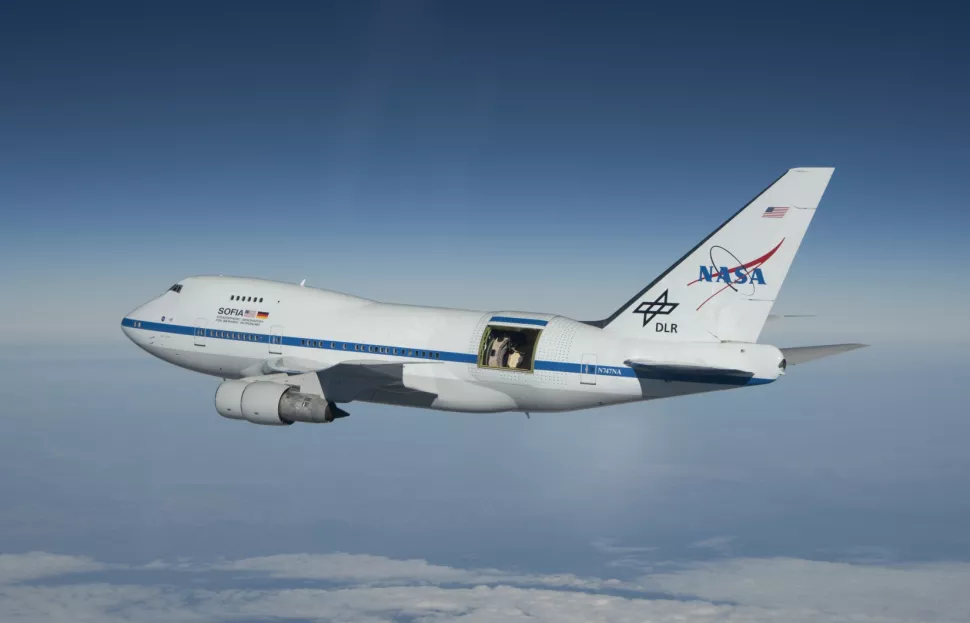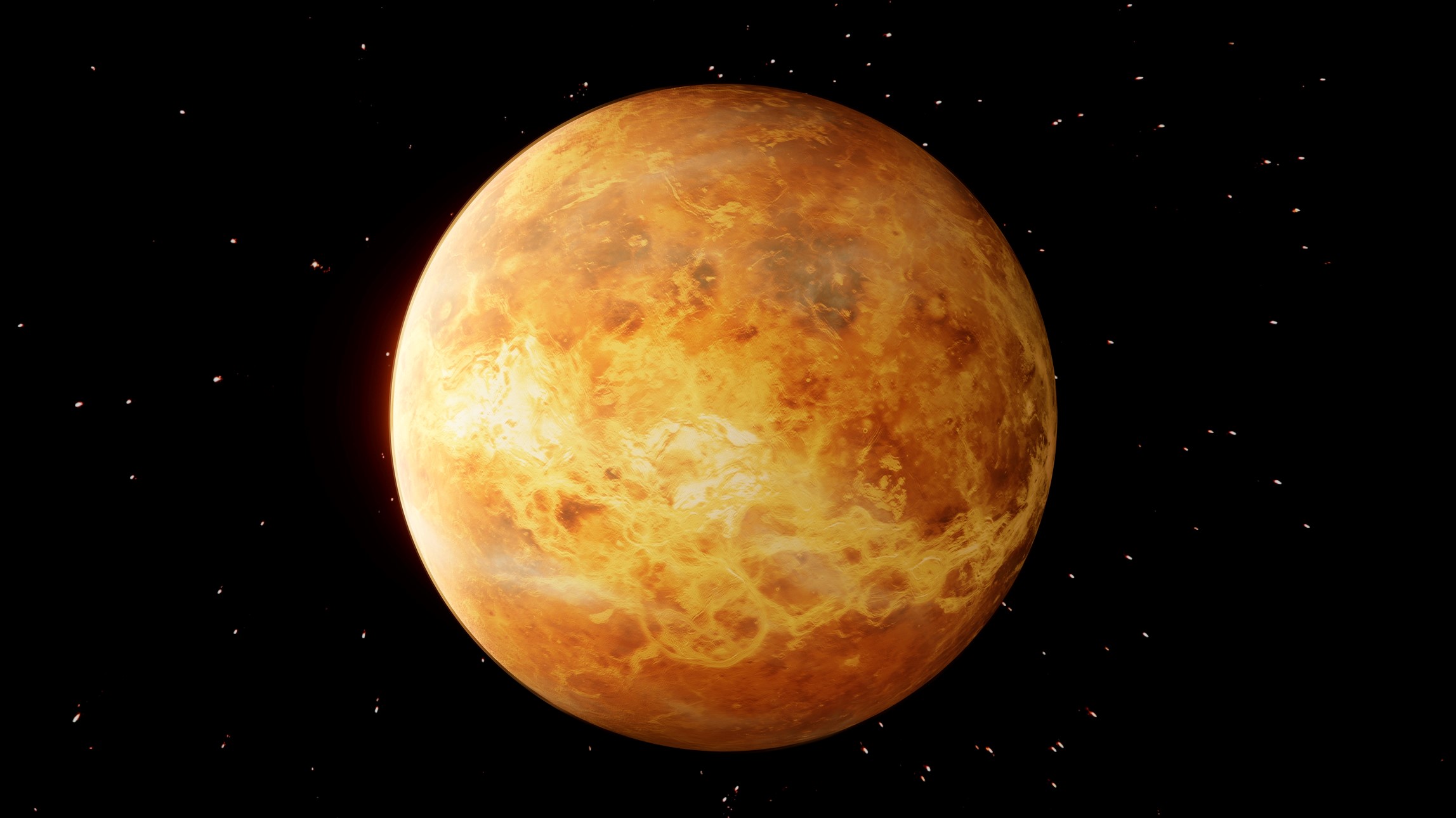Scientists have been interested in the possibility of life on Venus because of Venus’ proximity and similarities with Earth. During recent examinations of Venus’ atmosphere, an aircraft-borne telescope was unable to detect any indications of any biological activity. Due to Venus’s total cloud cover, human understanding of its surface is mostly based on speculations.
SOFIA
Stratospheric Observatory For Infrared Astronomy is NASA’s airborne facility which, unlike ground based facilities, has to fly in the air to collect information from space. A far infrared telescope installed on a 747 plane is used to observe Venus in an effort to confirm the presence of phosphine. Phosphine, which is a phosphorus atom with three hydrogens, indicates the presence of life on the planet.

Challenges
SOFIA has to face its own challenges while collecting information. The plane has to be in the correct spot at the right time because the planet is only visible for around 30 minutes after sunset. “The sun is the last thing you want in the sky,” researcher in astrochemistry, Martin Cordiner Said.





